AUSTRALIAN HERPETOLOGY WEBSITE
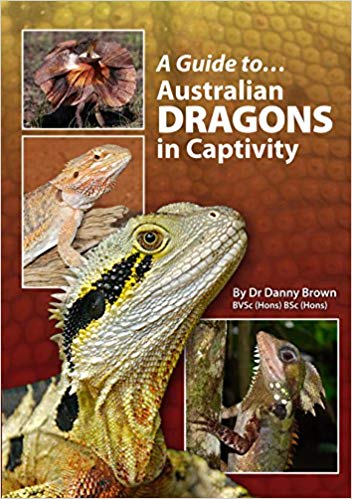
| < RECOMMENDED BOOKS (Affiliate commission earned) >
|

| < RECOMMENDED BOOKS (Affiliate commission earned) >
|
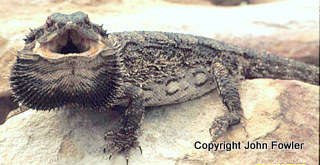
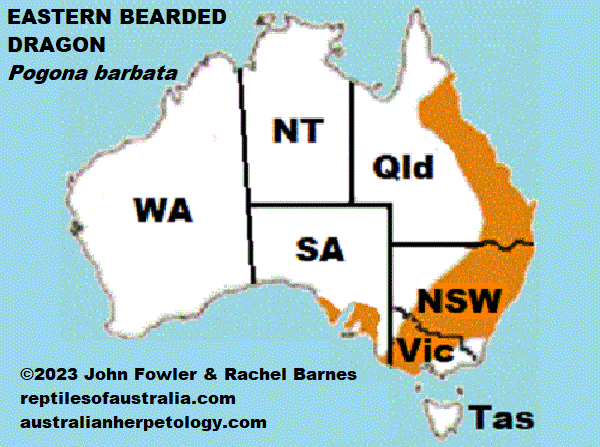
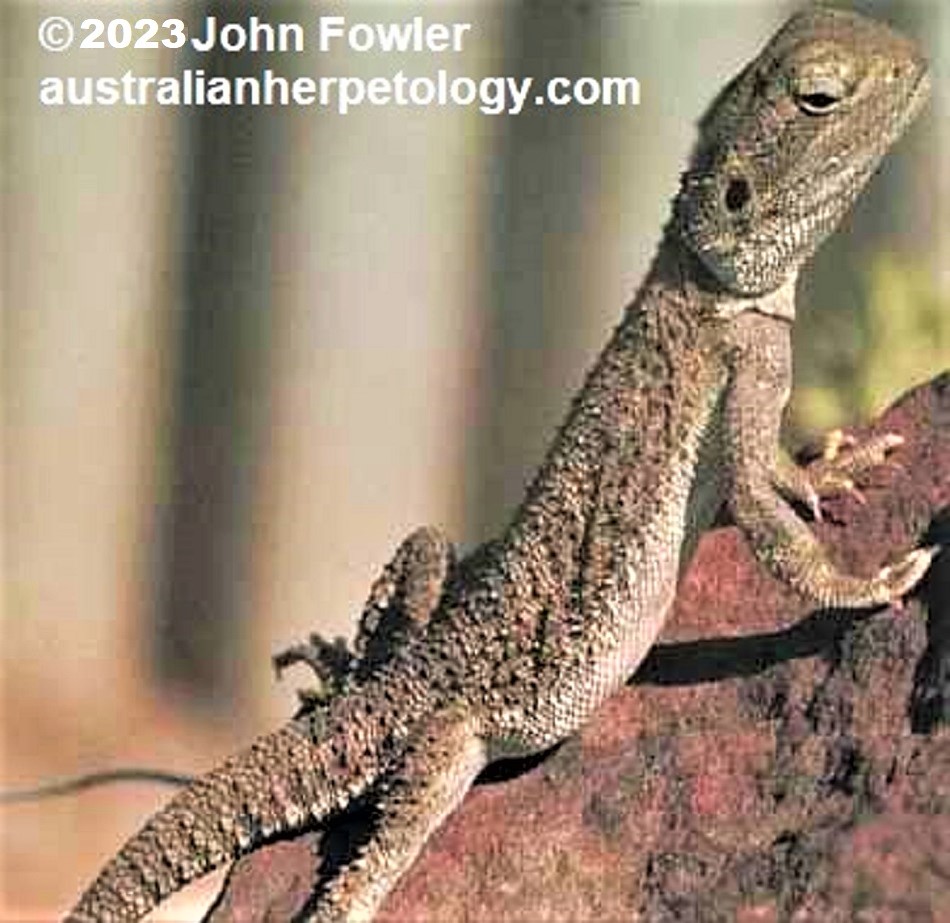
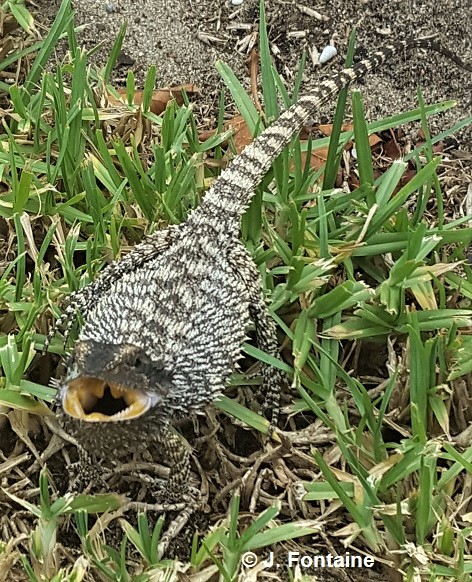
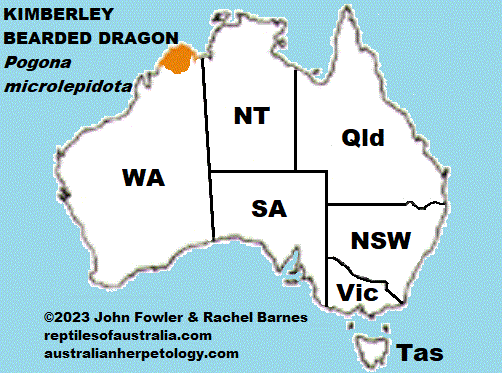
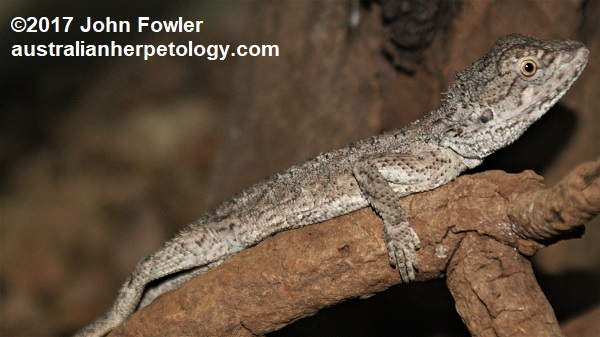
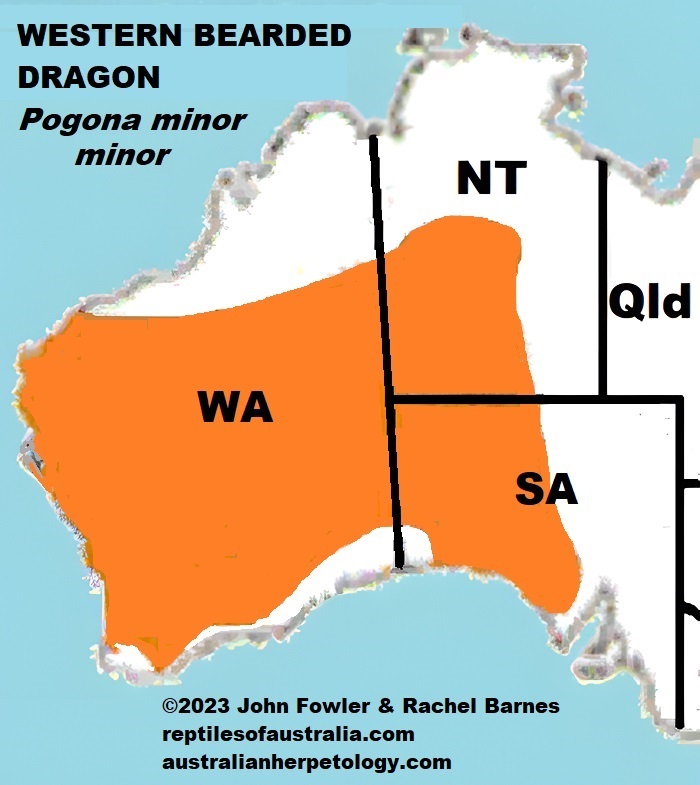
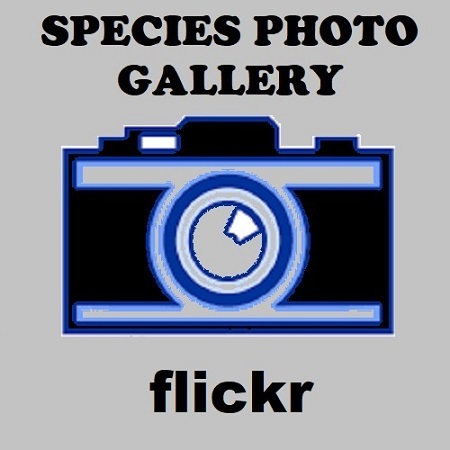
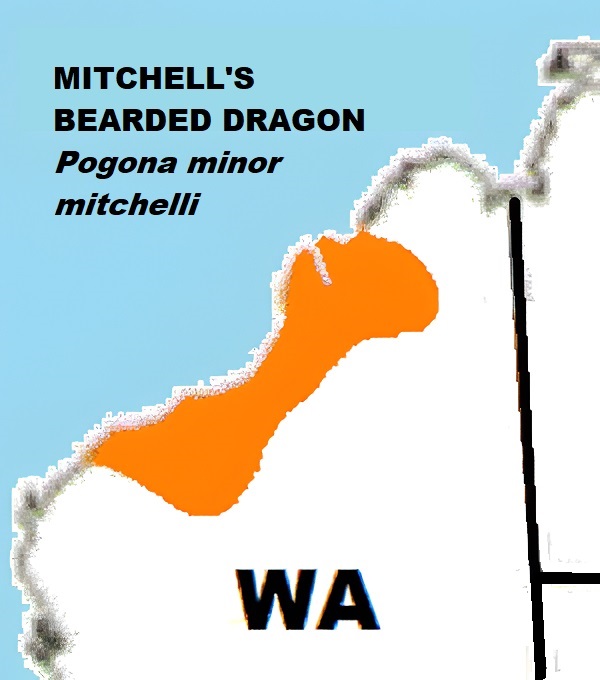
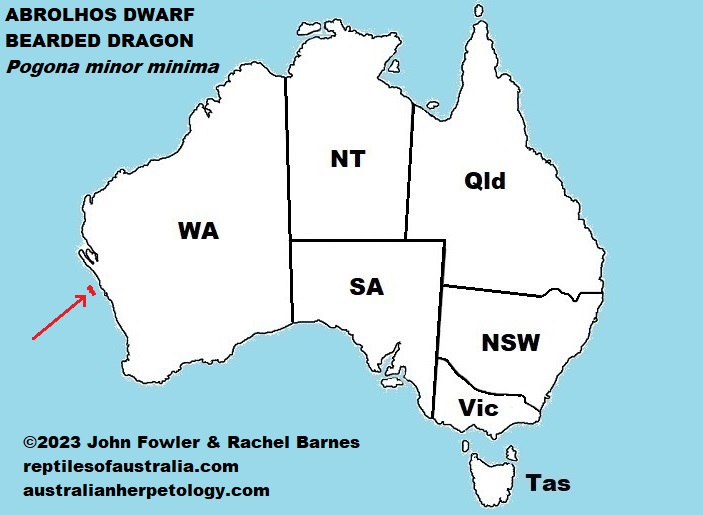
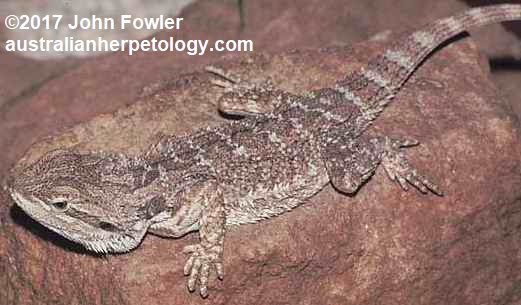
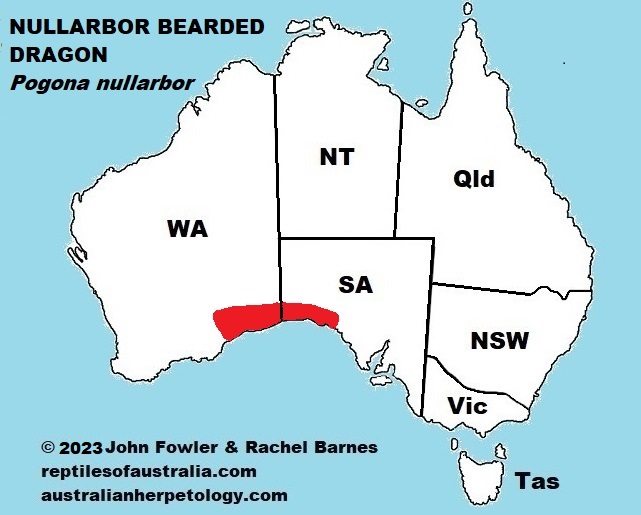
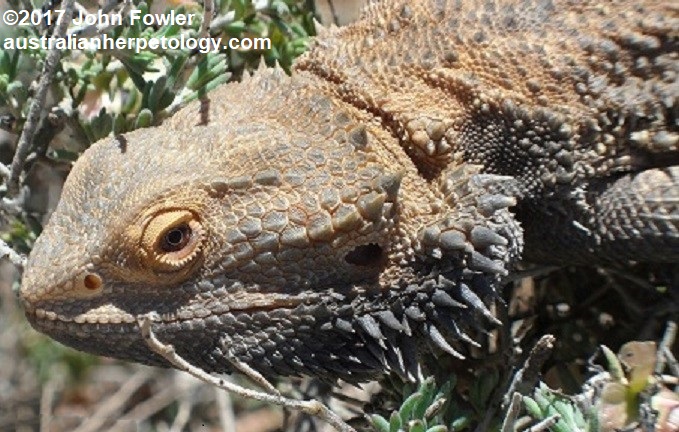
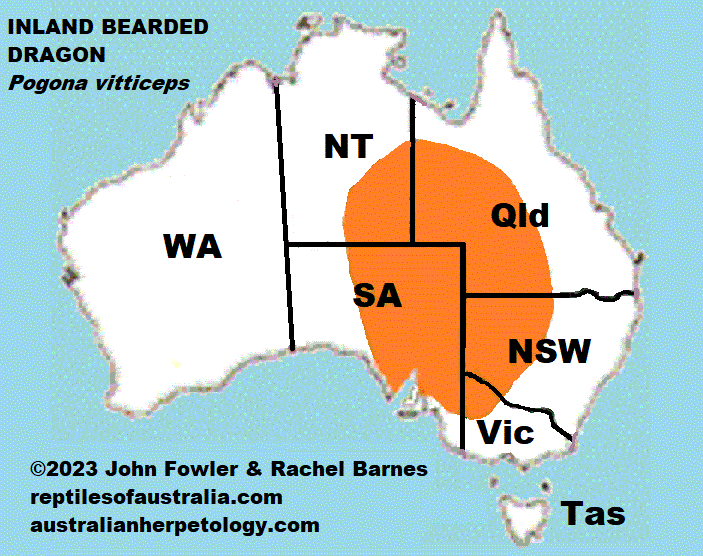
In many inland areas, the Inland Bearded Dragon takes over where the range of the Common Bearded Dragon ends.
|

|
|
|
|
| Agamas of The World |
Dragons (Agamas) of Australia |
|
|
|
|
|
|
|
|
|
|
Dragons /Agamas of SA |
Dragons /Agamas of NSW |
Dragons /Agamas of Qld |
Dragons /Agamas of NT |
Dragons /Agamas of WA |
Dragons /Agamas of Victoria |
Dragons /Agamas of ACT |
Dragons /Agamas) of Tasmania |
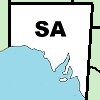
|
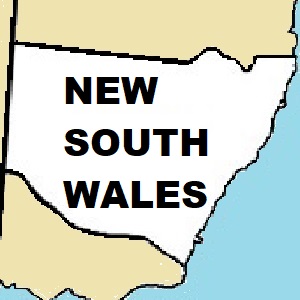
|
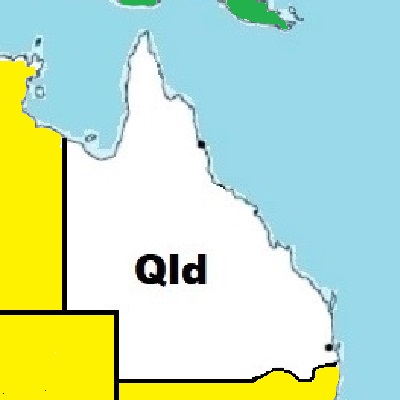
|
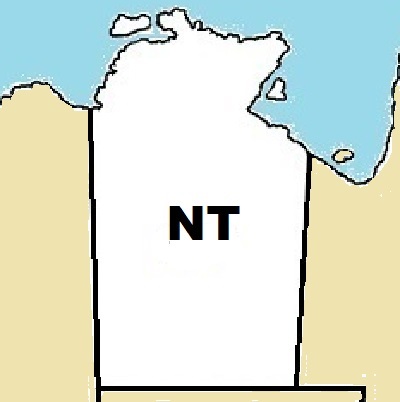 |
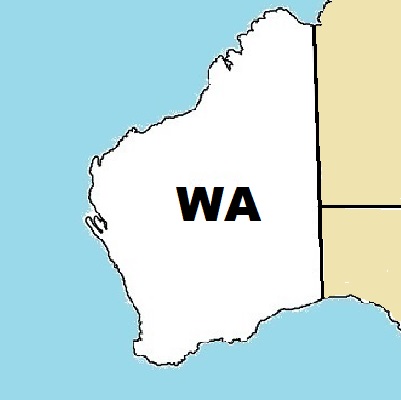 |

|
||
Reptiles of South Australia |
Reptiles |
Reptiles
|
Reptiles
|
Reptiles
|
Reptiles
|
Reptiles
|
Reptiles of Tasmania |
Reptiles of Lord Howe Island |
Reptiles of Christmas Island |
Reptiles |
Reptiles of Norfolk Island |